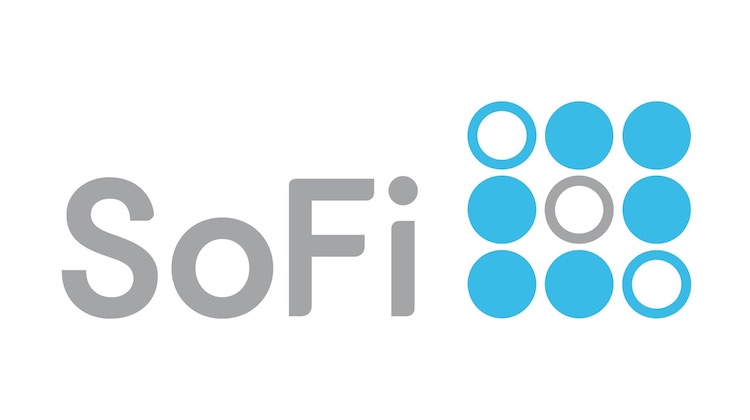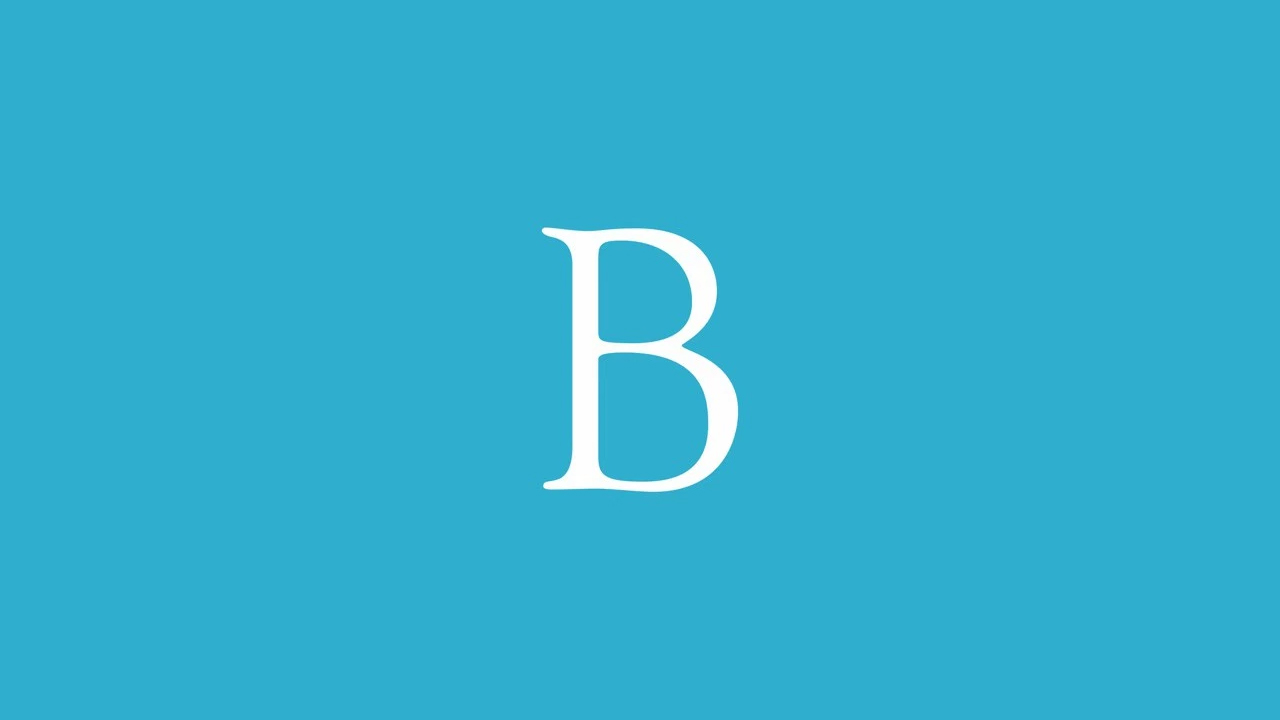Barron’s is after millennials with Barron’s Next
TCF Bank is reimagining the value chain with ZEO
How to get millennials to buy life insurance
Marketing financial services to millennials: A roundup
4 ways financial companies are targeting millennials
Many financial companies are searching for new ways to market to millennials. It makes sense: as millennials age, they have a growing appetite for financial services. Fintech startups are particularly adept at marketing to millennials because many of these companies were founded and run by people in the same demographic. Companies are acquiring customers through online marketing online, but some are finding that going old school and offline is a surprising way to grab a millennial’s attention.
Here are a few ways companies are reaching out to millennials, both online and offline:
Oscar
Oscar is a new type of health insurance company using technology as a means of simplifying the healthcare system and making it more accessible online, as well as at a lower cost. The company has raised over $300 million to date. Oscar’s been advertising in subway stations in New York since October 2013, before expanding its reach to New Jersey, in an attempt to raise more awareness of the company.
In a quote to Adweek, VP of Marketing at Oscar, Veronica Parker-Hahn said: “We knew we needed a way to drive awareness of Oscar, but we didn’t have the money and we weren’t quite ready to dive into the pool of TV.”
Through eye-popping, colorful and cute ads, Oscar speaks to millennials of its accessibility through technology – you can even interact from a couch at home. The company offers an easy-to-manage website, app and even perks and rewards for staying physically active through a free health tracker.
Wealthfront
Wealthfront uses TV ads to publicize its low-cost, automated, online investment management services. Through goofy, scripted skits, Wealthfront manages to target millennials during their favorite TV shows on Comedy Central and when their favorite sports games are on commercial break. The commercials have aired most recently on sport channels like Pac-12 Network, during college football games this past fall. This way, Wealthfront can reach the young (and mostly male) population it’s targeting. The 30-something bros starring in its ads may be representative of their target audience of mostly 20- to 30-somethings (the focus on men might have been a good thing as many women commenting on the video were aghast that the men knitting didn’t actually know how to knit).
The roboadvisor built its investor base by targeting newly-minted millionaires from big tech firms, like Twitter and Facebook. The company employs many of the same type of people it aims to land as clients and has made some high profile hires like Andrew Johns as VP of Growth. Johns, who graduated college in 2006, spearheaded growth initiatives at companies like Quora, Twitter, and Facebook.
Upstart
Upstart, a company that bypasses traditional lending models to extend loans to people without an extensive credit history, also targets millennials. Upstart believes that to stand apart from the soup of ads streaming in through social media and online channels, it needs to take a noticeably different course.
Upstart’s Chief Marketing Officer, Mike Osborn, thinks direct mail is a better way to get his prospects’ attention:
“When we think about where we’re going to find our next customers, we’re definitely looking at the offline opportunity. We’ve been positively surprised in volume and profitability with offline channels. When you get an email offer to refinance your debt, it’s pretty easy to ignore it. But when you get your credit card statement in the mail and a couple of days later, receive an offer to help pay it off, the offer has relevance and timeliness when it comes via direct mail.”
And he should know — his last job was on the marketing team at Uber, a company renown for marketing well to millennials. The marketplace lenders, like Lending Club and Prosper, continue to invest in direct mail, sending tens of millions of pieces every month via the mail, according to the WSJ.
Bank of America
Bank of America has been using Pinterest as a social media platform to reach out to the millennial generation.
To prepare for its social media campaign, the 2nd largest U.S. bank in terms of assets created Better Money Habits (BMH), a website with rich personal finance content for its target group. The company used Promoted Pins on Pinterest to creating digital image with pinpoints, each linking back to their pool of resources on BMH. Pinterest shows these Pins to users based on their search terms and Boards that have a personal finance bent, like buying a home, saving for a vacation, and wedding planning.
Besides being the social media platform with the fast growing percentage of millennials using it, Pinterest is primarily used by women (85% of users). Bank of America is targeting its messaging using digital pictures to connect with millennial women, like pins about wedding dresses titled “Save your way to the perfect dress”. “We are utilizing Pinterest as a visual search engine to reach consumers with the right message at the right time and tailoring our content to what consumers are searching for most often,” said
Photo credit: TheeErin via VisualHunt.com / CC BY-ND









